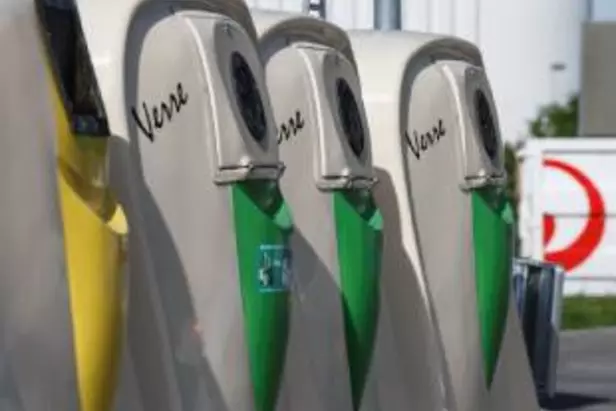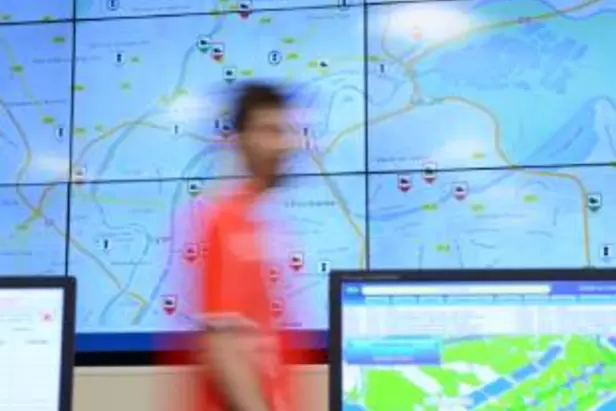What are the new technologies for optimizing household waste collection?
For cities, household waste collection is at the crossroads of several issues. While they have to meet the need for cleanliness in order to conserve the quality of life of their citizens, they must also reduce the environmental footprint of collection, while modernizing it and ensuring operator safety.
We provide them with a two-stage solution to redefine waste collection, starting with a diagnosis (type of housing, population density, etc.) and then implementing appropriate technical solutions. Among other things, rounds are optimized; noise, traffic and fuel use are reduced. As a result, household waste collection is more efficient at the operational, environmental, economic and social levels.
In 2024, Veolia collected waste from 43 million inhabitants, on behalf of local authorities.
Additionally, we help local authorities and companies to digitalize their collection. We design intelligent household waste collection solutions, such as the introduction of electronic sensors and the progressive automation of equipment and processes. In concrete terms, this translates into container filling gauges and identification chips. This not only provides rationalized routes, but also incentive-based pricing, which contributes to reducing household waste.
Each person on the planet produces an average of 0.74 kg of waste per day.1

Our circular approach to household waste sorting and recycling
After collecting the waste, we take it to suitable sorting centers or treatment sites as part of a circular economy approach. In 2020, we provided 40 million people with waste collection services.
In the sorting centers, household waste is first weighed and then sent to be sorted according to type (e.g., electrical and electronic waste is treated separately), weight, size and shape. Waste containing ferrous metals is then separated using a magnet. This operation is followed by several successive optical sorting operations using a scanner to determine the waste’s main material components.
In parallel to this automated process, our operators monitor the operations using touch screens to eject any incorrectly sorted waste. Each type of waste is eventually compacted and made available to industry. This closes the loop and allows the materials to be used again in a circular fashion.
Our solutions for action
- Improve the living environment
- Improve performance
- Reduce collection costs
- Raise user awareness
- Improve staff safety
The Veolia difference

We did it!

France
In 2010, we installed 140 container columns in Cap Atlantique, the integrated area council on the Guérande-Atlantique peninsula. The columns are equipped with a remote-control system to indicate the fill level of the recycling containers. Connected in real time to a control center, the system optimizes the quality of collection and improves interaction with the local authorities and users.

France
In 2013, we installed the first underground pneumatic collection network in Paris in the Batignolles ecodistrict. Terminals at the foot of the buildings collect residents’ rubbish bags pneumatically. A network of underground pneumatic pipes then transports them to an automated compacting terminal. Easier sorting, no more trucks, improved urban cleanliness and reduced urban pollution are the main advantages of this solution.
Source:
1World bank, 2018


